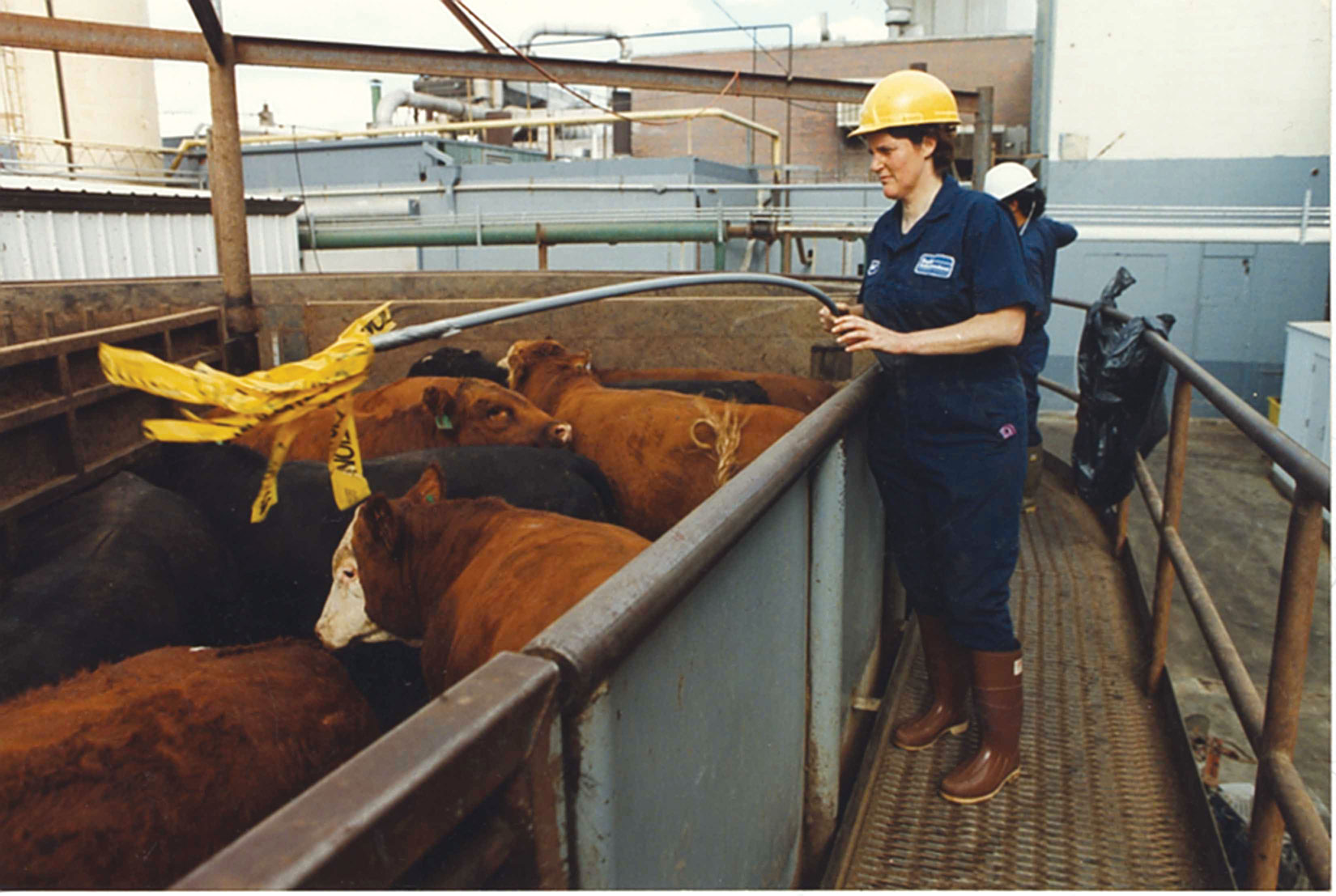CULLING OF DAIRY ANIMALS
Culling is elimination or weeding out of undesirable animals from the herd, for reasons of uneconomic,, poor production, or very poor reproductive ability, with sterility problems and breeding, irregularities, very poor conditions, stunted growth, suffering from incurable illness, or disease animals found to be positive for serious infections diseases like Tuberculosis, Johnes disease, Brucellosis, lost one or more quarters and teats of the under due to chronic mastitis resulting in marked reduction in milk production.
Undesirable breed characters present in young animal. When the herd is a pure bred herd leading to disqualifications family lines, exhibiting heritable characters like supernumerary teats, loose horns in cows of certain breeds.
Disable animals due to injury or loss of organ, extreme lameness leading to unmentionable conditions, un healed fractured animals etc. come under the animal proposed or culling.
The culled animals carry lower values and a separate list is made for such called animals and it is known as culling list. |
 |
When the culling cows for poor production, the entire lactation at yield is considered and preferably first two lactations are observed and if the lactation yield is less than what is expected from the breed or herd, The animal is included in the culling list. Very old animals are culled, as their maintenance will be uneconomical.
Male animals or other animals surplus in the farm or not useful in the farm and they are culled. Calves born with congenital defects like congenital fibrosis of the eye, total blindness or some other defects are included in the culling. Calves born much below the normal birth weight are included in the culling. Yearlings animals male or females, stunted much below their normal body weight, potbellied conditions bad confirmation are culled. Dairy Animal Management Valuation and culling is done on the farms every year at least once in year. In some farms culling is done twice a year however doing it once a year is must.
(Source: http://bieap.gov.in/DairyAnimalManagementTheory.pdf )
Top
Culling in dairy animals 10 points
- Do not move non-ambulatory animals to market under any circumstances.
- Make the decision to treat, to cull, or to euthanize animals promptly. Sick and injured animals should be segregated from the herd
- Delay transport of an animal that appears to be exhausted or dehydrated until the animal is rested, fed, and dehydrated.
- Milk all cows that are still lactating just prior to transporting to a packing or processing facility.
- Use a transportation company that is knowledgeable about your animal care expectations and provides for the safety and comfort of the animals during transport.
- Do not transport animals to a packing or processing facility until all proper treatment withdrawal times have been followed.
- Do not transport animals with a poor body condition, generally a Body Condition Score of less than 2 (1-5 scale).
- Do not transport animals that require mechanical assistance to rise and are reluctant or unable to walk, except for veterinary treatment. When using any handling device, abuse must not be tolerated.
- Do not transport animals with bone fractures of the limbs or injuries to the spine. Animals with a recent fracture unrelated to mobility should be culled and transported directly to a packing or processing facility.
- Do not transport animals with conditions that will not pass pre-slaughter inspection at a packing or processing facility. If unsure, consult with your veterinarian before transporting an animal to a packing or processing facility.
(Source:http://www.agmkt.state.ny.us/ai/Top_10_Considerations_Electronic_Version.pdf )
Top
|